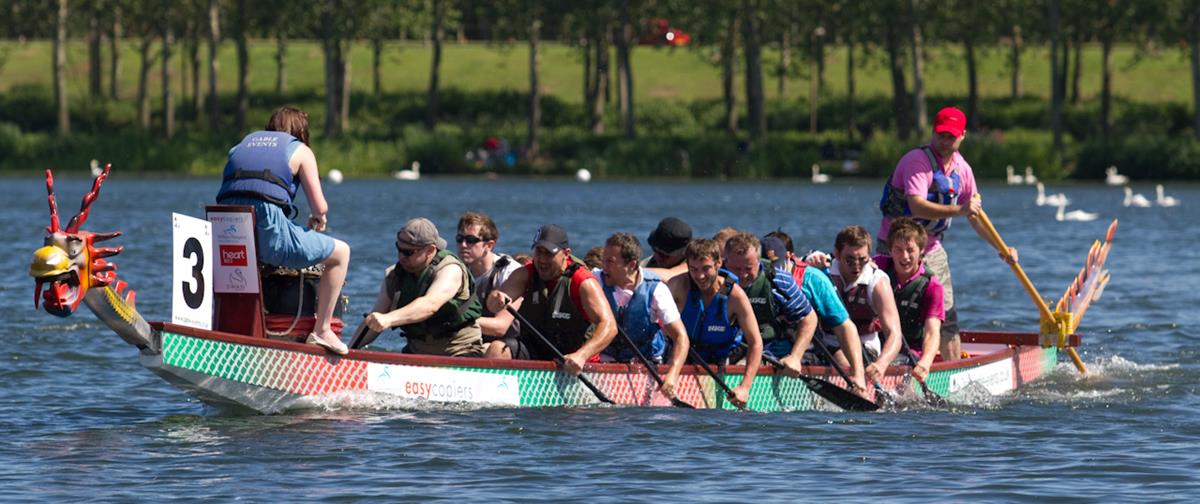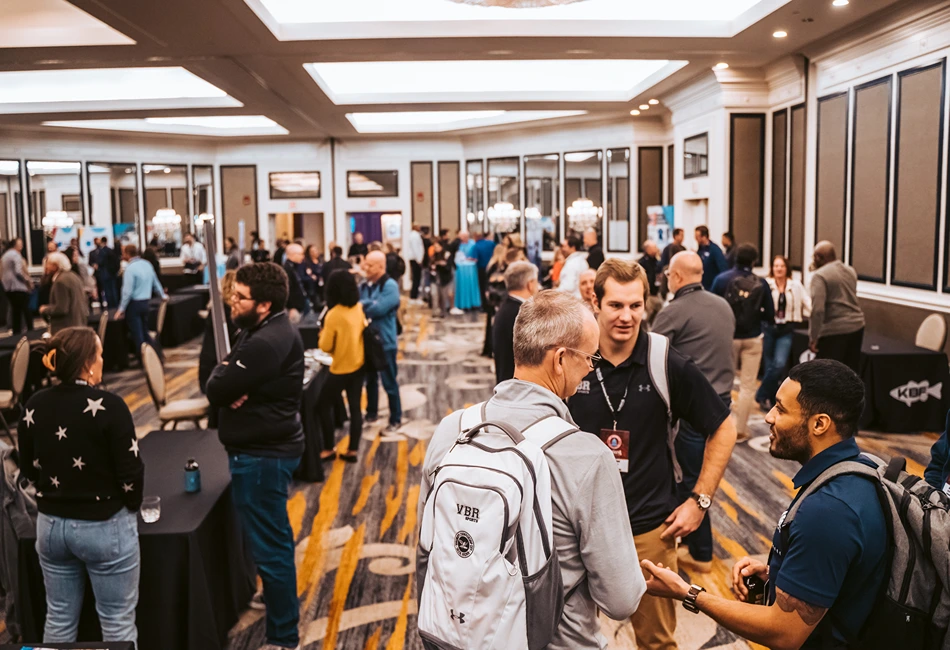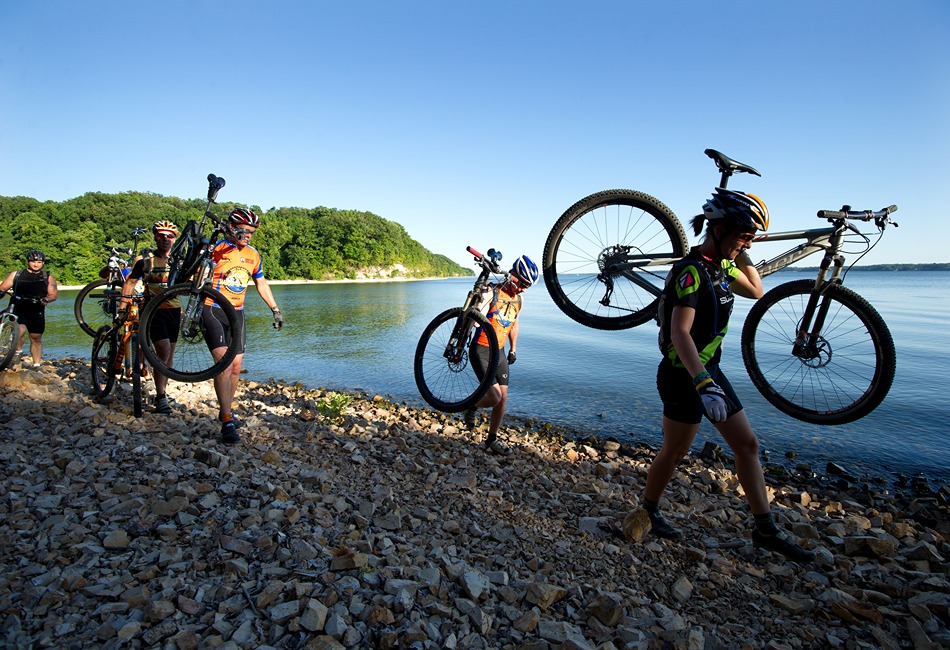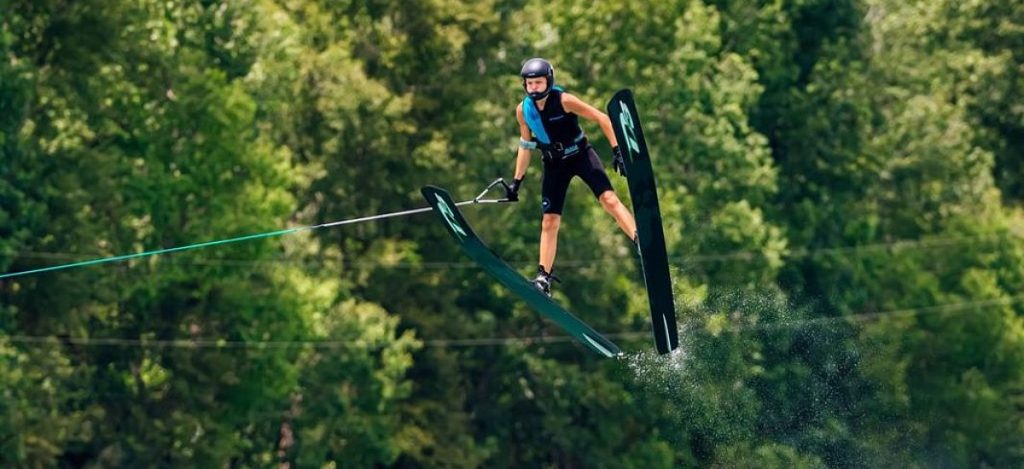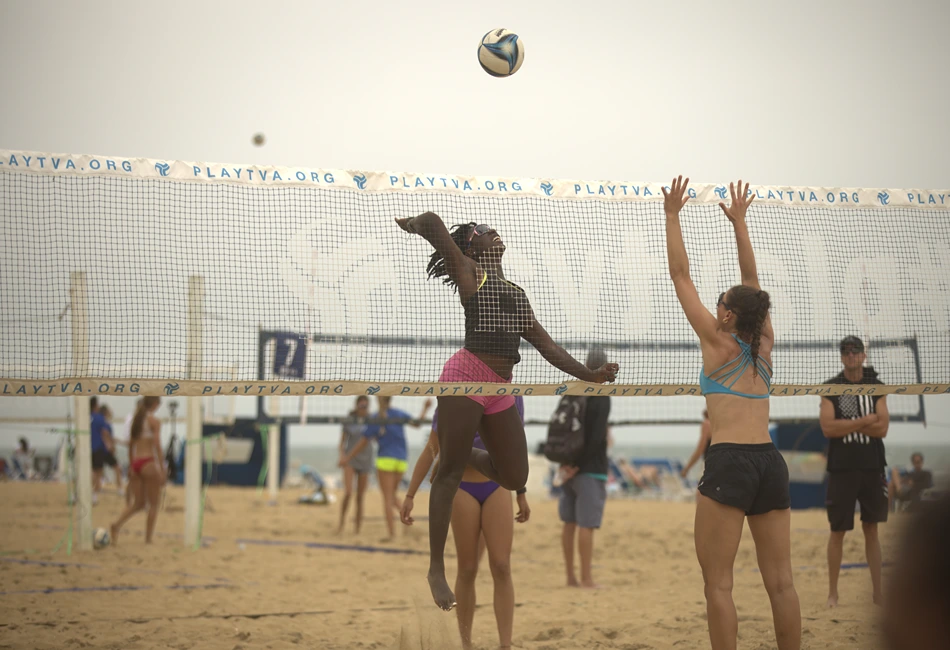For more than 2,500 years, the sport of dragon boat racing has delighted spectators throughout southern China.
The sport’s North American lineage doesn’t stretch quite as far back (it has maintained a presence in Canada and the United States for the past 35 years), but, much like China, it has seen its popularity surge as competitors and fans alike have embraced the unique competition.
“In the last 10 to 15 years, we’re seeing hundreds of events popping up all over (North America),” said Aaron Soroka, chief operating officer at GWN Events, a company based in Toronto that presents dragon boat festivals. “When I started in 2006, we ran about half the (dragon boat) events in North America, roughly 40 events. Now, it’s everywhere. I would say in terms of the number of dragon boat festivals, there’s probably a 10 percent growth per year. It’s a testament to its popularity.”
Historically, the largest dragon boat festivals in the United States have been held in locales like San Francisco and New York, cities that traditionally contain the country’s largest Chinese populations. But in recent years, the sport has exploded and races now take place wherever there’s a waterway spacious enough to host a competition.
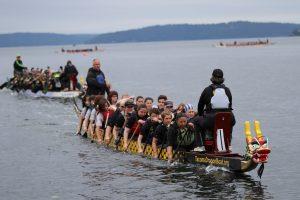
Cities like Tacoma, Washington, which has invested in a revitalized waterfront, are reaping the benefits of being able to lure dragon boats to its shores.
“Here in the Northwest, we’ve seen tremendous growth over the past 18 years,” said Mike Gehrke, of the Tacoma Dragon Boat Association in Tacoma, Washington.
Created in China as a folk ritual to placate rain gods, encourage rainfall and commemorate the summer rice planting season, dragon boat racing has evolved into an event that is popular with communities, schools and companies who utilize the sport as an entertaining team-building exercise.
“It’s a really accessible sport,” said Dean Burke, executive director of the Tacoma South Sound Sports Commission. “It gets a variety of people into the water. People can be 50, 55 years old and still have a great experience working together and enjoying the community feel. The component of having everybody work together is very appealing.”
Dragon boats typically consist of a crew of 20 paddlers in pairs facing the bow of the boat, a drummer at the bow facing the paddlers and one steerer standing at the rear of the boat. It incorporates the elements of speed, power, synchronization and endurance, and, like all races, a victor is determined when a boat crosses the finish line first. It has been described as the ultimate team sport because all paddlers are encouraged to compete, regardless of age or fitness level.
“I have been in a boat where the average age was 50-plus and the idea is to go out and do the best you can,” Gehrke said. “But when you beat a boat full of 20 somethings, that makes you feel pretty darned good.”
Communities that host dragon boat festivals tend to see their coffers swell as the fests often bring sizable crowds to the area, not just for the races, but for the additional festivities (and food) that accompany the competition.
“It’s good family fun,” Soroka said. “It’s also clean and it’s environmentally friendly. We’ve always been cognizant of sports tourism driving heads to beds. We are always trying to leave a positive economic and social impact in the communities that we are operating.”
“(The festivals) put a renewed focus on cities’ waterfronts,” Soroka added. “Whether it’s a local lake or park, no other event brings people to the waterfront more than dragon boating. Our Toronto event attracts 5,000 paddlers and 15,000 spectators in two days.”
Cities like Tacoma, which has invested in a revitalized waterfront, are reaping the benefits of being able to lure dragon boats to its shores.
“Eight to 10 years ago, there were less than 1,000 summer hours of consumer rentals on the Tacoma waterfront (kayaks, SUPS, etc.),” Burke said. “Today, there are more than 7,000 hours of consumer rentals, which points to people’s growing interest in accessing the water. That translates into growth for dragon boats, too, as people look for ways to be together on the water. The waterway used to be the industrial waterway for the city of Tacoma, so there was a lot of nasty stuff down there. The city did a cleanup in 2006 and a shoreline renovation in 2016 and to go from that to where we are now, it’s a huge change both socially and economically.
“An event like (the Rainier Dragon Boat Festival) in Tacoma generates around 600 paddlers in the boats and 1,200 spectators and a reasonable amount of those folks will travel in for the weekend for the event,” Burke added. “A conservative estimate is we’ll have a direct spend impact of $110,000 to $125,000 dollars.”
Tacoma’s invigorated shoreline is a model for what dragon boat companies like GWN Events are constantly searching for.
“For us, there are two keys (to bringing a dragon boat festival to a community): first and foremost is the quality of the water,” Soroka said. “We need flat, calm waters that are a minimum of 10 feet deep. From there, we start looking at dry land amenities. We generally build everything from scratch. We are looking for five to 20 acres of open green space beside the water and are looking for a community that wants to jump in and grow the event.
“It’s not something you bid on and we come once,” Soroka added. “We find a host community and plant roots there. As time goes one, we generate heads in beds.”
While dragon boats are mostly fun and games, they also have an altruistic side to them.
“Almost every dragon boat festival has a charitable component,” Soroka said. “We just signed a deal with Nemours Children’s Hospital in Orlando. In Chicago, we work with an organization that supports getting wounded war veterans active. A portion of the proceeds from registration fees goes back to charities. There are events that raise a few hundred bucks and some that raise a quarter million dollars annually.
“It’s different than a walking or running event,” Soroka added. “As fantastic as those both are, I think people want something different. Charities are looking for a new catch.”
Even if that new catch is 2,500 years old. And counting.

